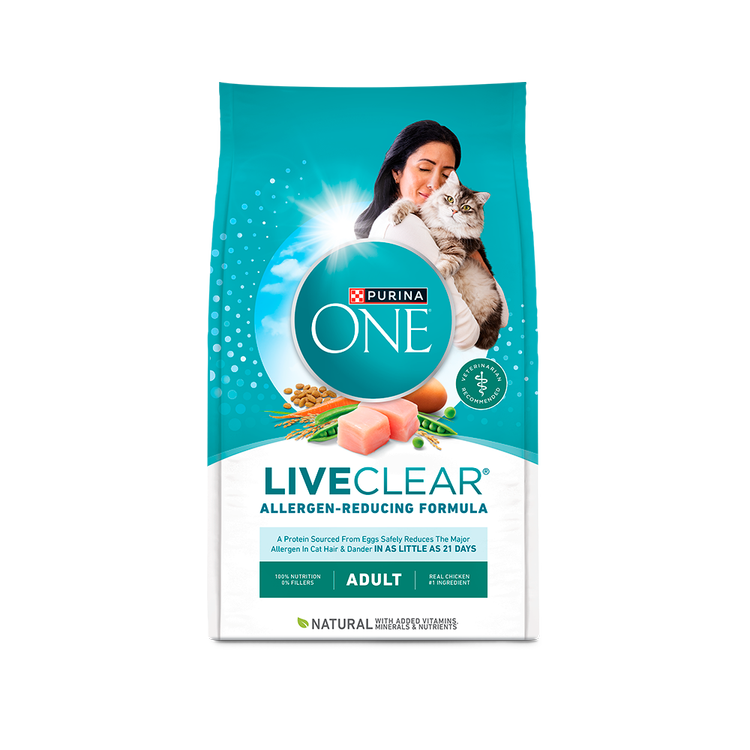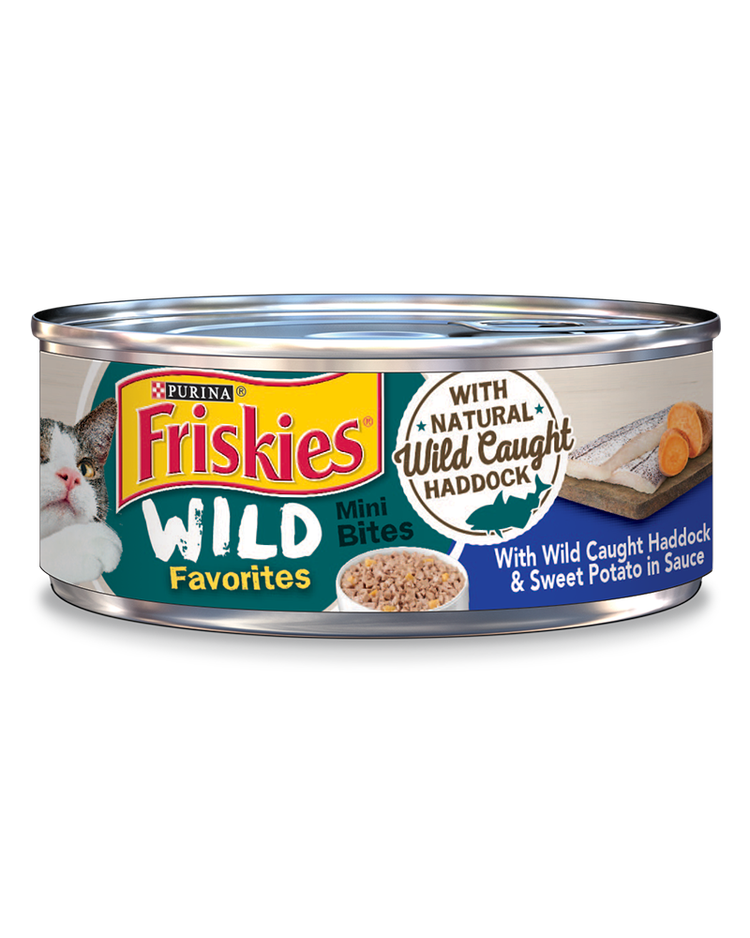Savannah

- Size:Large weighing 12 to 25 pounds
- Coat:Short, slightly coarse
- Color:Black, brown spotted tabby, black silver spotted tabby, black smoke
The Savannah Cat’s personality is playful, adventurous and loyal. Unlike most cats, she loves to play in water and can even be trained to walk on a leash and play fetch. Don’t be fooled by her dog-like personality, though.
Temperament
Savannah Cats have strong hunting instincts, so they aren’t always suitable for households with pets like fish, hamsters, and birds. Her temperament is mild, though, so she’s a great companion to other cats and dogs, children and other humans in her home with proper socialization as a kitten.
Characteristics
Although later generations of the breed are similar in weight to other breeds, they appear larger due to their height. Savannah Cats are characterized by their long, slender necks, triangular heads and large, wide ears that sit on top of their heads. They also have longer-than-average legs.
Lifespan
12 to 20 years
Colors
If you want an exotic-looking cat, the Savannah is a beautiful choice. Resembling their African Serval ancestors, Savannahs are typically black, brown or silver tabbies with black or dark brown spots. Some may have lighter colors or a smoked pattern, however.
Shedding
Savannah Cats are a lower-shedding breed, and so they require less grooming than long-haired breeds. Because of their playful nature, however, they may get into a mess and need a bath. Fortunately, they love water!
Health
Savannah Cats are a healthy breed, with no known genetic conditions or other health problems. They are at risk of suffering from hypertrophic cardiomyopathy (thickening heart muscle) but are no more prone to heart problems than other cross-breeds. Responsible breeders screen for conditions that could negatively affect the breed.
Choosing the Best Cat Food for Savannahs
Because of their high activity levels, a high-protein cat food like Pro Plan Complete Essentials or True Nature Formula is recommended for Savannahs. Follow the feeding instructions based on your cat’s weight and consult with your veterinarian if you have any questions or concerns. Ensure your Savannah kitty has access to plenty of fresh water.
To explore other products for your Savannah Cat, see our Product Selector.
Choosing the Best Food for Savannah Kittens
Savannah kittens are often bottle fed for the first four weeks of their lives due to prematurity in first generations. After that, kittens should eat a complete and balanced dry kitten food to aid in growth and development over the next three years, such as Pro Plan Kitten Chicken & Rice Formula or Pro Plan Kitten Grain Free Chicken & Egg Recipe. Follow the feeding guidelines or consult with your veterinarian to ensure your kitten is eating an appropriate amount of food for her size.
History
The Savannah Cat breed is a crossbreed of a domestic cat with an African Serval. The first kitten, named “Savannah”, was born on April 7, 1986 and the first generation possessed traits of both domestic cats and African Servals. They had the Serval’s size but the tameness of a domestic cat. In 2012, The International Cat Association (TICA) accepted the Savannah Cat as an official breed.
Facts
- The Savannah Cat’s back legs are slightly longer than her front legs.
- It takes approximately 3 years for her to fully mature and reach adult size.
- Savannahs are excellent jumpers. They can jump up to 8 feet horizontally and climb easily.
- They are banned in several states, including Hawaii, Massachusetts and Georgia because of their “hybrid” status.
- A first-generation Savannah Cat can cost more than $20,000. The cost for later generations is much lower, but can still top $1,000.

